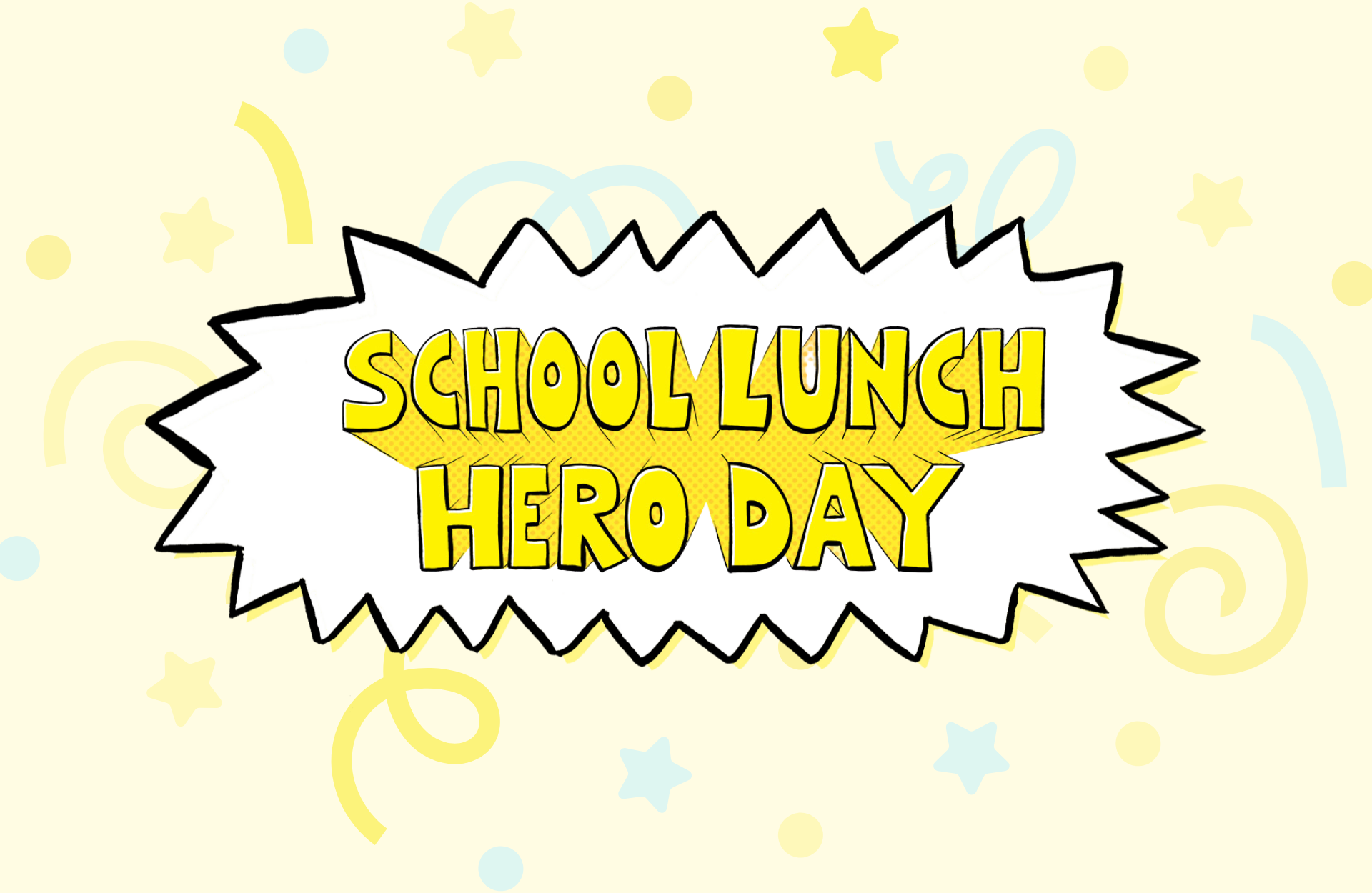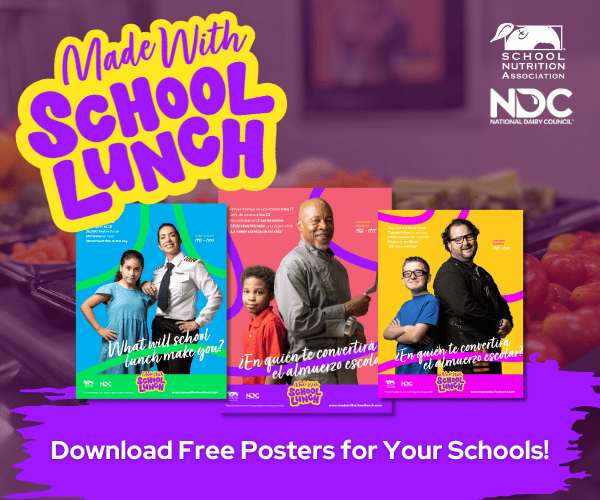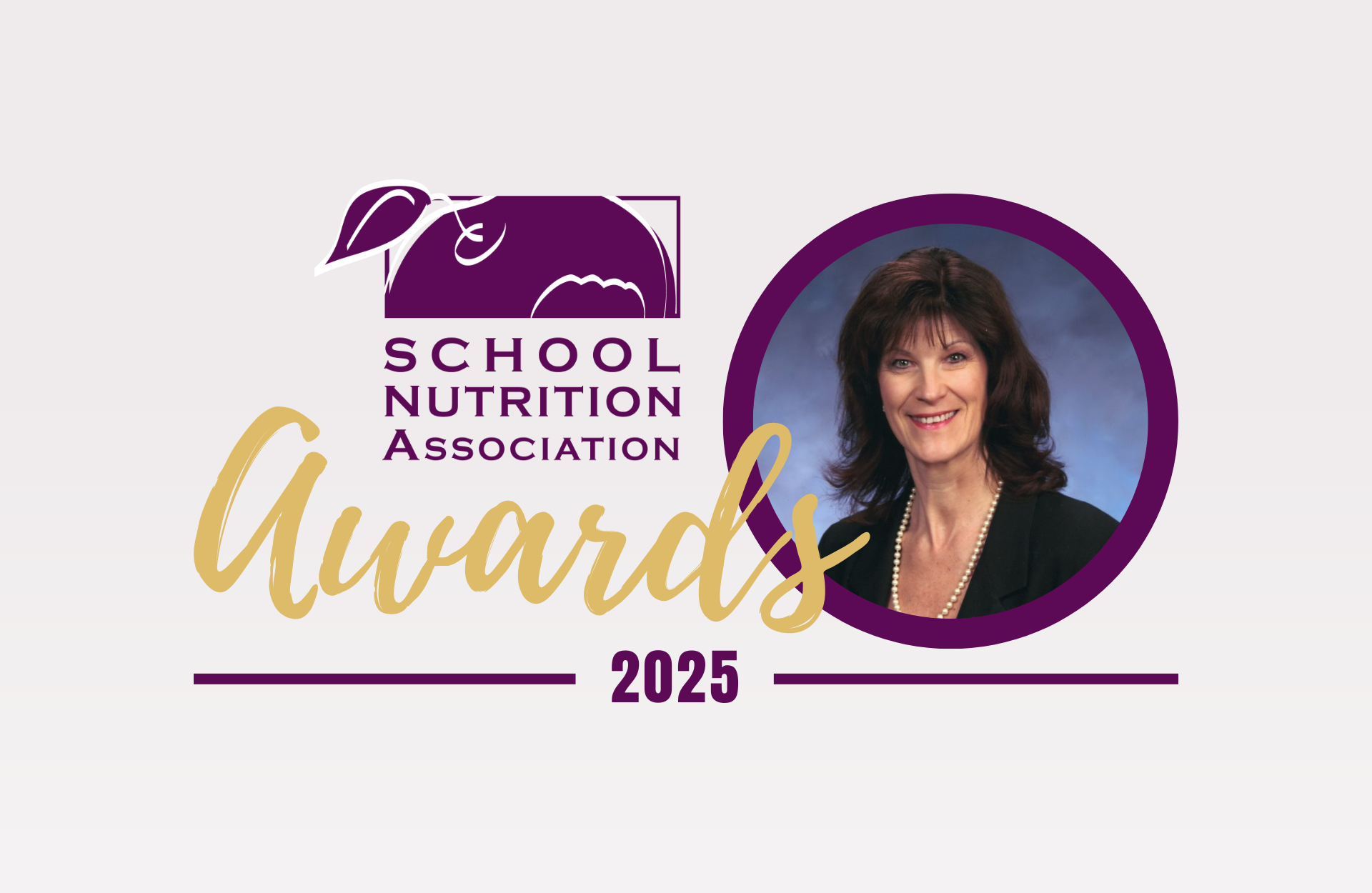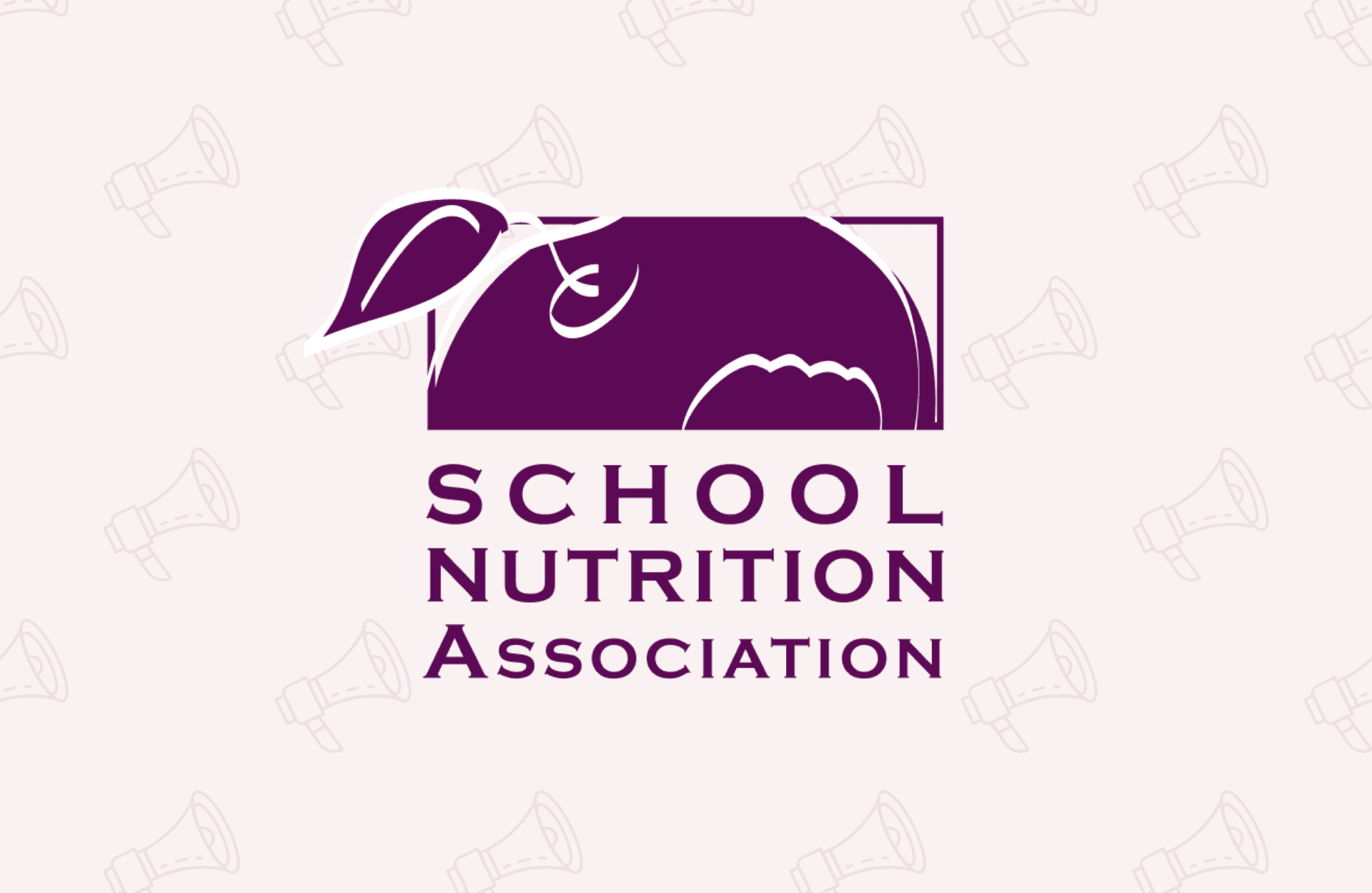Let’s talk about food for second or two. Yes, we know—considering we’re all professionals working in the school nutrition field, it’s a safe bet that most of us are thinking about food pretty often. So, it goes without saying that we know there’s so much more to food than “It tastes good” or simply “It’s healthy.”
Food is exciting. It’s a way of celebrating special occasions or reflecting culture. It offers a variety of nutrients for all kinds of our body’s needs. And it often requires a lot of consideration and thought, especially if we’re trying to innovate a new menu, engage kids in a way we normally can’t or even be more responsible in the way that we’re serving.
These are all topics that SN magazine is taking a look at in our second annual food issue. We have stories about everything from how chefs develop a menu to how cafeterias can be a safe place for students with severe food allergies.
Here’s what you can expect to find in our March/April issue:
From Mind to Menu
You already know there’s a lot that goes into planning a successful menu—it’s something you know from experience! But as with any other challenge in any other industry, there are as many creative approaches as there are experts. We sought input from leading school chefs about how they’re coming up with and implementing menus for their cafeteria that are nutritious, varied, culturally appropriate and, ultimately, appealing to kids. You won’t want to miss what they had to say!
Are LTOs a GO in Your Cafeteria?
What is it about knowing that a food is only available for a limited time that makes it taste so much better? For a variety of reasons, limited-time offers can get kids excited about participating in school lunch and even turn them into more adventurous eaters who are willing to try new foods they normally wouldn’t. You might even be surprised by how much flexibility you have when it comes to implementing some of these strategies in your school cafeteria.
Scrumptious Scraps?
Waste not, want not, right? So many of us are making conscious efforts to reduce waste in all aspects of our life, especially in school cafeterias, where we hate to see food not end up in the stomachs of kids who need the fuel. It’s one of the reasons that the Upcycled Food movement is gaining so much momentum, providing those of us in the school nutrition field with an innovative approach to getting the most out of food and reducing the amount that ends up in the trash.
Plan, Don’t Ban
The approach to food allergies in school cafeterias is changing. Even though the thinking for many years was that the safest way to handle food allergies was to ban common allergens, experts are now saying this strategy creates a false sense of security and sets unreasonable limitations on cafeterias at a time when flexibility is needed the most. Find out why the new thinking is to plan, not ban.
Food Focus: Chicken Entrees Come Home to Roost
There’s so much you can do with chicken from USDA Foods—it’s a source of lean protein that works nicely in plenty of meal options that kids love, and it features prominently in many different types of world cuisines. Hear from a school chef how you and your team can leverage the versatility of this food in your cafeteria.
Read the March/April 2023 issue of School Nutrition today!
Related Articles

SNA Recognizes Recipients of National Employee, Manager and Director Awards
Read More





